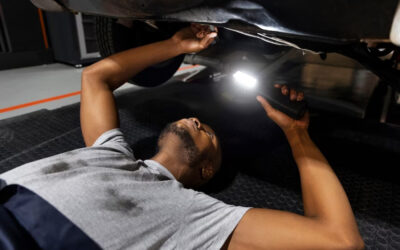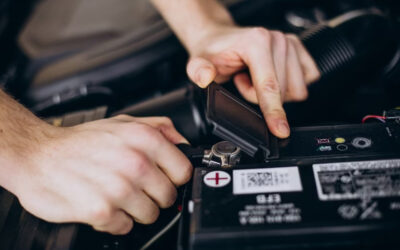Speed bumps serve a very important purpose, helping to prevent drivers from traveling too fast in areas with many pedestrians. Speed bumps are not always kind to vehicles, despite their intention to save lives. How bad are speed bumps for your car’s alignment? let’s find out.
How fast speed bumps can affect your car’s alignment?
To answer this question, it is important that we must first differentiate between a speed bump and a speed hump.
Speed Bumps: These are compact, steep, bumps that can be jarring for you, your vehicle, and your passengers, no matter how fast you are going.
Speed Humps: These look like little hills across the road and look great on your vehicle – as long as you’re not speeding, that is.
Unless you’re going very fast, the speed hump is unlikely to damage your car. Speed bumps, on the other hand, should be taken slowly so as not to damage your suspension or topple your car.
How harmful are they?
Vehicles with low ground clearance are more prone to damage than trucks or cars with high clearance.
If you experience a speed bump and don’t slow down enough — or worse, you don’t see it at all, or until it’s too late — speed bumps can affect your car’s alignment.
In addition, speed bumps can damage other parts of your car, including:
- oil pan
- The wheels of the aircraft
- exhaust
- aftershocks
- suspension system
- steering system
Can You Prevent Alignment Damage From Speed Bumps?
The best way to avoid damaging your alignment – or any part of your vehicle’s underside – is to take speed bumps slowly. If your car rides particularly low, approaching these bumps diagonally can help prevent damage.
How do you know when it’s time to get a new wheel alignment?
Speed bumps can damage your alignment and, in turn, reduce the lifespan of your tires as they begin to wear unevenly. However, your wheels can go wrong for a number of reasons, including hitting curbs, accidents, hitting deep potholes, off-road driving, and more.
How do you know when to take a wheel alignment? Unlike oil changes, which are recommended to occur regularly, there is no such recommendation for your wheel alignment. Instead, you may notice a change in the way you drive your car.
Warning Signs your car needs a wheel alignment to include:
- Your vehicle drags to one side even though the road you are moving on is straight
- your tires screech or squeal when you turn
- Your tires wear unevenly
- Requires more steering than normal to keep your vehicle moving in a straight line
- Your steering wheel leans when your car is sitting still and the wheels are pointing straight ahead
In short, the answer is yes; If you don’t slow down and drive over speed bumps with caution, they can damage your alignment. This is especially true for low cars with low ground clearance, as well as for cars with a low front spoiler. Also, if you drive a car that already has some problems, going over speed bumps without slowing down can make the existing damage worse.
In many cases, drivers ignore the speed limit to slow down or proceed with caution, which can result in damage to exhaust parts, suspension systems, and joints, and may even affect your steering. Is. It is very important to slow down when speed bumps are encountered because you want to protect your alignment and not worry about unexpected damage to your car. While this can be frustrating when driving at a reasonable speed, keep in mind that this is really the only way to protect your car and avoid having to go to a mechanic. It also helps to keep in mind that speed bumps are put in place in some areas for a reason and this helps prevent any horrific accidents.









0 Comments